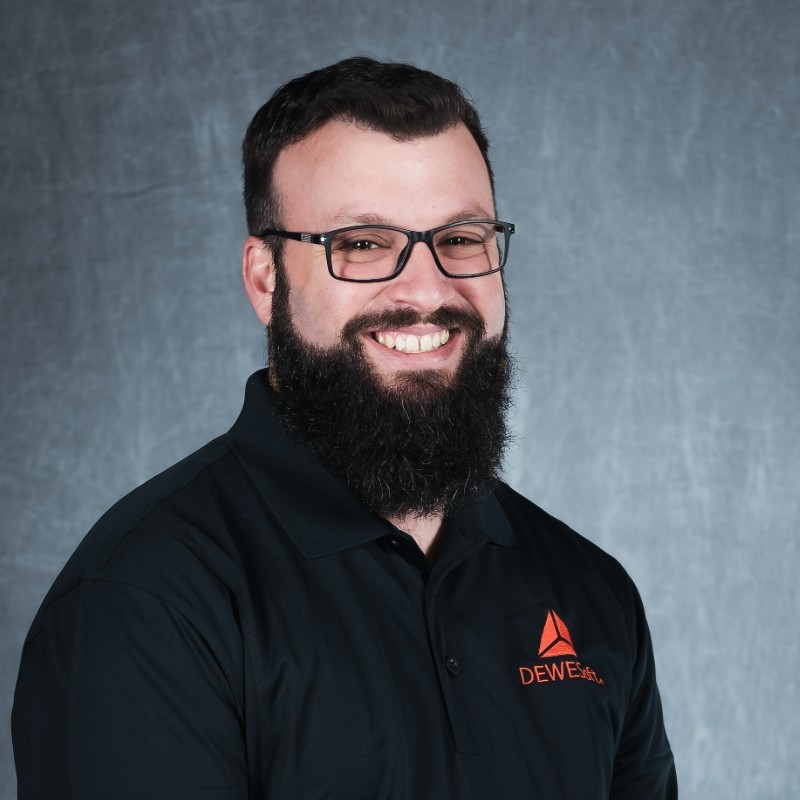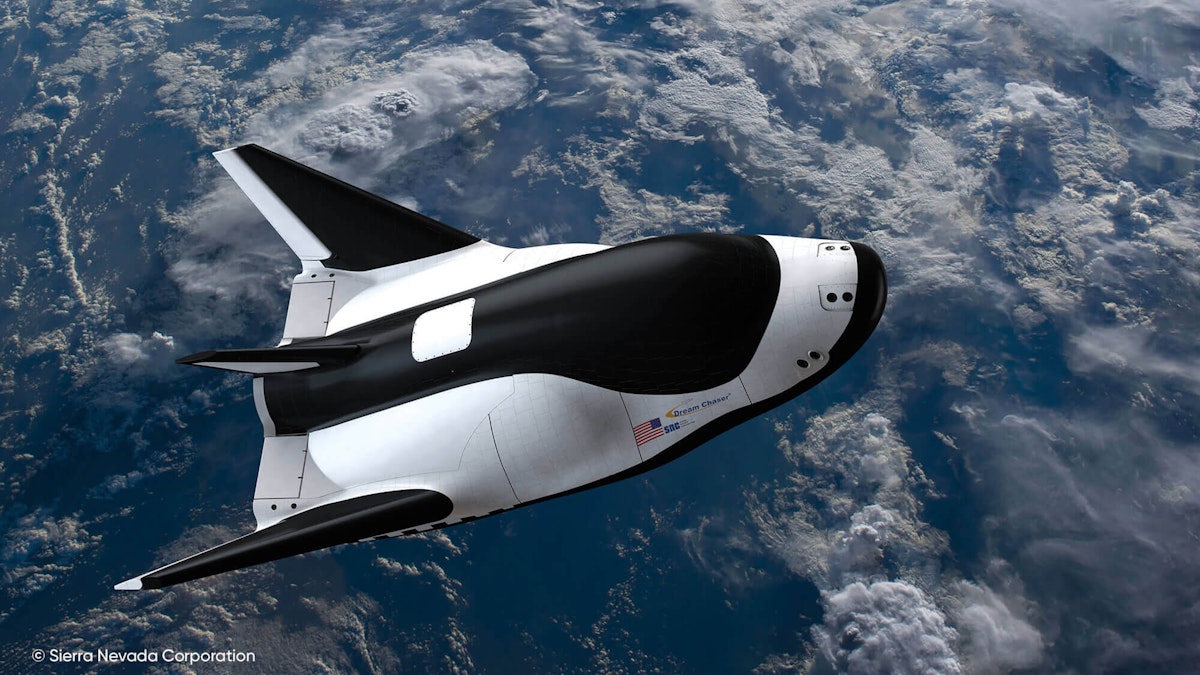Table of contents
Browse categories
Browse authors
 AB
ABAlberto Boffi
 AL
ALAlessia Longo
 AH
AHAl Hoge
 AB
ABAljaž Blažun
 BJ
BJBernard Jerman
 BČ
BČBojan Čontala
 CF
CFCarsten Frederiksen
 CS
CSCarsten Stjernfelt
 DC
DCDaniel Colmenares
 DF
DFDino Florjančič
 EB
EBEmanuele Burgognoni
 EK
EKEva Kalšek
 FB
FBFranck Beranger
 GR
GRGabriele Ribichini
Glacier Chen
 GS
GSGrant Maloy Smith
 HB
HBHelmut Behmüller
 IB
IBIza Burnik
 JO
JOJaka Ogorevc
 JR
JRJake Rosenthal
 JS
JSJernej Sirk
 JM
JMJohn Miller
 KM
KMKarla Yera Morales
 KD
KDKayla Day
 KS
KSKonrad Schweiger
Leslie Wang
 LS
LSLoïc Siret
 LJ
LJLuka Jerman
 MB
MBMarco Behmer
 MR
MRMarco Ribichini
 ML
MLMatic Lebar
 MS
MSMatjaž Strniša
 ME
MEMatthew Engquist
 ME
MEMichael Elmerick
 NP
NPNicolas Phan
 OM
OMOwen Maginity
 PF
PFPatrick Fu
 PR
PRPrimož Rome
 RM
RMRok Mesar
 RS
RSRupert Schwarz
 SA
SASamuele Ardizio
 SK
SKSimon Kodrič
 SG
SGSøren Linnet Gjelstrup
 TH
THThorsten Hartleb
 TV
TVTirin Varghese
 UK
UKUrban Kuhar
Valentino Pagliara
 VS
VSVid Selič
 WK
WKWill Kooiker
Spaceplane Thermal Protection System (TPS) Fitting and Bonding Control

The Dream Chaser® space plane is a reusable space plane being developed by Sierra Nevada Corporation (SNC). Space vehicles that enter the Earth’s atmosphere require the use of a thermal protection system (TPS) to protect them from aerodynamic heating and the heat of the sun.
TPS tiles are one of the major hardware components used on Dream Chaser and cover nearly the entire craft. To bond these tiles to the structure the staff needed to measure and display a multitude of parameters. The Dewesoft solution automated calculations and enhanced quality control while also being fast and easy to use.

Introduction
The Thermal Protection Systems group or TPS is the engineering team that is primarily responsible for the “Heat Tiles” and fabrics that are surrounding the exterior of the Dream Chaser spacecraft. The engineers use similar technology as that used to protect the space shuttles when they flew.
This is a complex protection system of fibreglass-based tiles and thermal protective blankets perfectly fitted to protect the spacecraft on re-entry to the Earth’s atmosphere.
The spacecraft project - the Dream Chaser
SNC’s Dream Chaser spaceplane is a multi-mission space utility vehicle designed to transport crew and cargo to low-Earth orbit (LEO) destinations such as the International Space Station.
Dream Chaser was selected by NASA to provide cargo delivery, return, and disposal service for the space station under the Commercial Resupply Service 2 (CRS-2) contract. Dream Chaser will provide a minimum of six cargo missions to and from the space station carrying critical supplies like food, water, and science experiments and return to Earth with a gentle runway landing. Dream Chaser can gently return critical cargo at less than 1.5 g’s.
The vehicle is designed for high reusability, reducing overall cost and a quick turnaround between missions. The ability to launch on top of multiple launch vehicles and land at a variety of approved runways makes Dream Chaser a flexible option for reliable transportation.
Dream Chaser was originally designed as a crewed spaceplane, in part under NASA’s Commercial Crew Program, capable of carrying up to five astronauts to and from the space station and other LEO destinations.
Dream Chaser is 30 feet, or nine meters, long which is roughly ¼ the total length of the space shuttle orbiters and can carry the same crew size as the shuttles.
The crewed version of Dream Chaser is approximately 85% common to the cargo system and has environmental control and life support systems, windows for crew visibility, an integral main propulsion system for abort capability, and major orbital maneuvers. 1
The thermal protection system (TPS)
A TPS is designed to protect the spacecraft from the aerothermal heating when reentering the Earth’s atmosphere – temperatures that can reach 1,650°C (3,000°F). In the case of spaceplanes, the TPS ensures a safe entry, descent, and runway landing.
The TPS includes a coating made of various heat-resisting materials – in the cases of both the Space Shuttle Orbiter and Dream Chaser this coating is made up of tiles.
Dream Chaser is about 1/4 the size of a space shuttle orbiter and only needs 2,000 TPS tiles compared to the 24,000 tiles used on the space shuttle. Fewer tiles are needed as the craft is smaller, but also the tiles are bigger. Dream Chaser tiles are approximately 10 by 10 inches, while the tiles used on the shuttle were about six by six inches.
SNC TPS engineers utilize a room temperature vulcanizing (RTV) silicone, which can withstand high temperatures, to keep the tiles bonded to the vehicle at all times. The bonded tiles are all tested by a pulling mechanism, to avoid issues of the tiles falling off. 2 and 3
The challenge – quality and speed
The lead TPS engineer at SNC was initially looking for an inexpensive Data Acquisition system to help measure five force sensors for testing the fit of a thermal protection tile to the Dream Chaser spacecraft structure.
All five sensors need to be measured simultaneously in a production environment to make sure the protective tiles are formed perfectly for their unique design to protect the spacecraft.
The end desire was to hand press the tile to the structure and the DAQ system would measure the load to see them all showing the same pressure within a certain tolerance. The system should provide a green light to the technician that the tile was formed properly and ready to be attached to the structure. To allow this to be done on the production floor and run off a laptop the system needed to be modular and movable.
The initial challenge was based on our price point compared to the basic DAQ system the customer had used on previous projects. They had so far used a simple DAQ system that could measure the loads and display them. Everything was hand tracked for being within a tolerance and hand calculations done to determine that all loads against each other were within the required tolerance.
An additional challenge was the need for several identical systems to operate easily for the technicians who were not used to using test equipment.
Upon investigation with the customer of the entire process that goes into attaching these tiles to the structure, we were able to uncover additional points where Dewesoft could help. Points that would help in speeding up the process and allow additional quality control resources using the exact same system
The measurement solution
After reviewing the process, it was determined that there were several key areas in which Dewesoft could assist the TPS group to improve by using our KRYPTON DAQ modules with strain gage amplifiers (STG) and thermocouple amplifiers (TH) connected to an SNC Laptop.
KRYPTON is a family of rugged and distributed EtherCAT data acquisition systems for field measurement in extreme and harsh environments. They offer IP67 degree of protection and can operate in the extreme temperature range from -40 to +85°C and offer high shock protection. Krypton units can be distributed over a large area with distances up to 100 meters between DAQ nodes.
The KRYPTON STG version has universal differential voltage and Full/Half/Quarter bridge input and is available in 1, 3, and 6 channel configurations compatible with DSI adapters.
The DewesoftX data acquisition, data recording, and data analysis software are included in all Dewesoft data acquisition systems.
Pre-fit verification testing
This testing was the original requirement which started our interest in the application. Here five extremely thin force sensors are applied to the back of the thermal tile. One at each corner and one in the middle of the tile. The tile is then placed against the structure to read the 5 loads generated.
The loads are measured in the DewesoftX software having a comparative math channel to see if all five pressures are within a certain percentage of each other - confirming a uniform fit of the tile.
Using the record feature of DewesoftX software the technician can now enter the tile serial number and location on the structure as header information. When the test is run a simple green or red pass-fail indicator is shown along with each Load cell reading. Finally, an automated report is generated from the data for quality control documenting that the test has been completed.
Instrumentation verification
In certain critical areas along with the Spacecraft, exterior pressure and temperature sensors are built into the tiles. These sensors are to help engineers and flight operators see what is happening on the exterior of the spacecraft at critical times of flight.
Since the Dewesoft DAQ hardware is flexible to the inputs these sensors can now be 100% checked both before and after the tile is installed to confirm functionality and accuracy of readings.
Vacuum bagging process monitoring
Once the tile is confirmed to fit properly, and instrumentation is checked, it is ready to be permanently mounted to the structure. The tiles are hand attached to the structure using RTV and other adhesives and several other instruments are used to confirm it’s in place. To cure the tie to the structure the tile is placed in a vacuum making sure it is attached perfectly to the structure.
Advanced mathematics is built into the DewesoftX DAQ software, including the Dewesoft Sequencer which allows control of the flow of tests within the software without requiring programming skills.
The Dewesoft Sequencer is a powerful tool that can create sequences, and ordered lists of procedural commands, that the Dewesoft software will execute one after another. Multiple sequences can be combined to fully automate test procedures, use pass/fail criteria and automatically generate reports.
In this case, the Dewesoft Sequencer is now used to send a signal to the vacuum pump controller and a pressure sensor to provide feedback control, regulating the vacuum to be accurate. It monitors and alarms if correct pressures are not met and finally creates a report of the entire vacuum process for Quality Control.
Bond verification
When the tiles have been properly mounted to the spacecraft structure a Bond Verification Test is performed as a final check of the adhesion of the tile to the structure.
A load cell that is attached to a vacuum chuck that matches the outer mold line contour of the tile is measured. By means of the User Input fields in the DewesoftX software, the operators can enter key variables for the tile surface area and locations on the structure. These inputs are brought into a math calculation to determine the proper load for pulling the tile to test the strength of its bond.
In the first phase of this Bond Verification testing, the tile will be pulled by hand – measurements and alarms in DewesoftX will make sure the test runs properly. The second phase of this testing is to use an actuator controlled by a Dewesoft PID (Proportional, Integral, and Derivative) loop - a form of closed-loop mathematical calculation - to automate the control of the load the tile is pulled against.
Conclusion
Dewesoft was able to deliver 8 identical KRYPTON DAQ systems for different technicians to use on their production carts and SNC continues to grow their sequences to improve automation and process control of each step in the construction.
We helped to identify additional applications which improve the Dream Chaser build process and showed how one and the same hardware could enhance more processes. Digging deeper than the initial need allowed for further capabilities to be utilized. The ease of the Dewesoft Sequencer to do automation ultimately did the trick.
Sources
Dream Chaser Spaceplane. SNC Website
TPS Tiles Bonded to Dream Chaser® Spaceplane, SNC News Blog, June 24, 2020.
Kanayama, Lee: Dream Chaser receives thermal protection system, NASASpaceFlight.com, June 26, 2020.